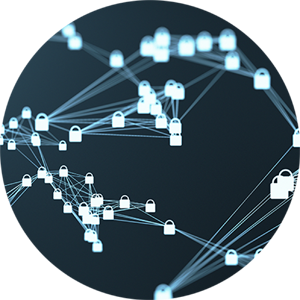Traficom email about checking .fi domain information
Traficom is updating its customer register. As of spring 2023, Traficom has started sending out requests to owners of .fi domains asking them to check the correctness of their information in the domain name register.
If you own a .fi domain, you may have already received an email from Traficom on the subject. Our instructions are also available in Finnish on how to ensure that the contact information for your Traficom .fi domain is up to date.
Instructions for our english speaking customers are listed below.

